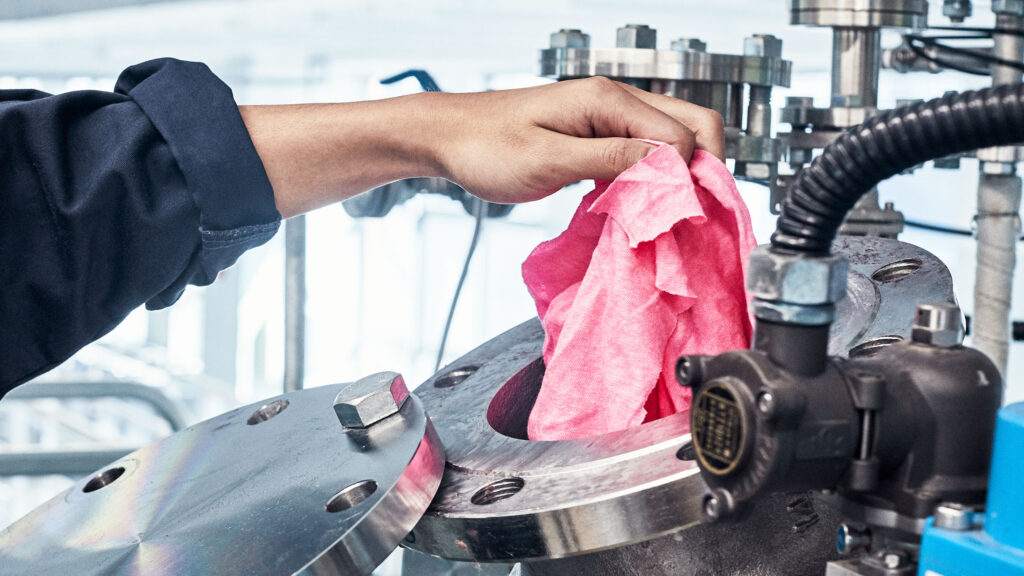The textile industry, renowned for its vast production and consumption, faces a significant challenge with textile waste. Millions of tons of fabric end up in landfills each year, contributing to environmental degradation. Textile waste recycling machines are emerging as crucial tools in addressing this issue, offering solutions that convert discarded textile waste recycling machine into valuable resources and fostering a more sustainable approach to fabric management. This article explores the workings, benefits, and future prospects of textile waste recycling machines.
What Are Textile Waste Recycling Machines?
Textile waste recycling machines are specialized systems designed to process and repurpose discarded fabrics. These machines handle various types of textiles, including natural fibers like cotton and synthetic materials such as polyester, and transform them into usable materials through a range of mechanical, chemical, or thermal processes.
How Textile Waste Recycling Machines Work
- Collection and Sorting:
- Collection: The recycling process starts with the collection of textile waste, which may come from manufacturing defects, unsold inventory, or discarded clothing.
- Sorting: Textiles are sorted by material type, color, and quality. Accurate sorting is essential for effective recycling, as different materials require different processing methods.
- Shredding and Cutting:
- Shredding: Fabric waste is fed into shredding machines that cut the textiles into smaller pieces. This step breaks down the fabric into manageable sizes for further processing.
- Cutting: For some processes, fabrics may be cut into specific shapes or sizes to facilitate better processing and quality control.
- Cleaning and Preparation:
- Cleaning: Shredded fabrics are cleaned to remove contaminants such as dyes, stains, and chemicals. This may involve washing, chemical baths, or other decontamination methods.
- Preparation: Cleaned fibers are prepared for further processing, which may include separating fibers from non-fiber components like buttons or zippers.
- Fiber Processing and Reconstitution:
- Fiber Processing: The cleaned and separated fibers are reprocessed into yarn or thread. This step may involve carding, spinning, or other techniques to convert fibers into a usable form.
- Reconstitution: The processed fibers are used to create new textile products. This can include blending with other recycled or virgin materials to enhance quality and performance.
- Quality Control:
- Testing and Inspection: Recycled materials undergo rigorous quality control checks to ensure they meet industry standards. This includes testing for strength, durability, and appearance.
Benefits of Textile Waste Recycling Machines
- Environmental Impact Reduction:
- Waste Diversion: Recycling machines help divert textile waste from landfills, reducing the environmental impact associated with textile disposal.
- Resource Conservation: By reusing materials, recycling reduces the demand for virgin resources, conserving water, energy, and raw materials.
- Energy and Emission Savings:
- Lower Energy Consumption: Recycled textiles typically require less energy to process compared to producing new fabrics from raw materials.
- Reduced Emissions: Recycling textiles results in lower greenhouse gas emissions, contributing to a smaller carbon footprint.
- Economic Advantages:
- Cost Savings: Manufacturers can save on raw material costs by using recycled fibers. Additionally, recycling can create new economic opportunities and drive innovation in the textile sector.
- Job Creation: The recycling industry can generate employment opportunities in collection, sorting, and processing operations.
- Support for Circular Economy:
- Closed-Loop Systems: Textile waste recycling machines support circular economy principles by enabling the continuous reuse of materials. Closed-loop recycling helps maintain material value and reduces waste.
- Enhanced Innovation:
- New Product Development: Advances in recycling technology open up opportunities for developing new textile products and applications, driving innovation in the industry.
Challenges and Limitations
- Quality and Consistency:
- Variability: Achieving consistent quality in recycled fabrics can be challenging due to variations in source materials. Advanced sorting and processing technologies are needed to address this issue.
- Complex Fabrics:
- Blended Materials: Fabrics made from complex blends or with intricate finishes can be difficult to recycle. Developing effective methods for handling such textiles is an ongoing challenge.
- Infrastructure and Costs:
- Initial Investment: The initial cost of fabric recycling machinery and infrastructure can be high. Establishing efficient collection and sorting systems is also crucial for success.
- Maintenance: Regular maintenance and calibration of recycling machines are necessary to ensure optimal performance and product quality.
- Consumer Participation:
- Awareness: Successful recycling programs depend on consumer participation. Educating the public about proper textile disposal and recycling practices is essential.
Future Prospects and Emerging Trends
- Technological Advancements:
- Chemical Recycling: New methods such as chemical recycling are emerging, allowing for the recycling of complex blends and heavily dyed fabrics. These technologies promise higher quality recycled materials.
- Enzymatic Processes: Enzymatic and microbial processes offer environmentally friendly alternatives to traditional chemical recycling, breaking down textiles using biological agents.
- Automation and AI:
- Enhanced Sorting: Automation and artificial intelligence are being integrated into sorting processes, improving accuracy and efficiency in separating different types of textiles.
- Global Expansion:
- Emerging Markets: There is potential for fabric waste recycling technology to expand into emerging markets, where textile waste management is becoming increasingly important.
- Policy and Regulation:
- Supportive Policies: Governments and international organizations are developing regulations and incentives to support textile recycling. These policies can drive industry-wide adoption and foster innovation.
Conclusion
Textile waste recycling machines are at the forefront of addressing one of the textile industry’s most pressing challenges: waste management. By efficiently processing and repurposing textile waste, these machines contribute to environmental conservation, resource efficiency, and the circular economy. As technology advances and industry practices evolve, textile waste recycling will play an increasingly critical role in shaping a sustainable future for the fashion and textile sectors.
